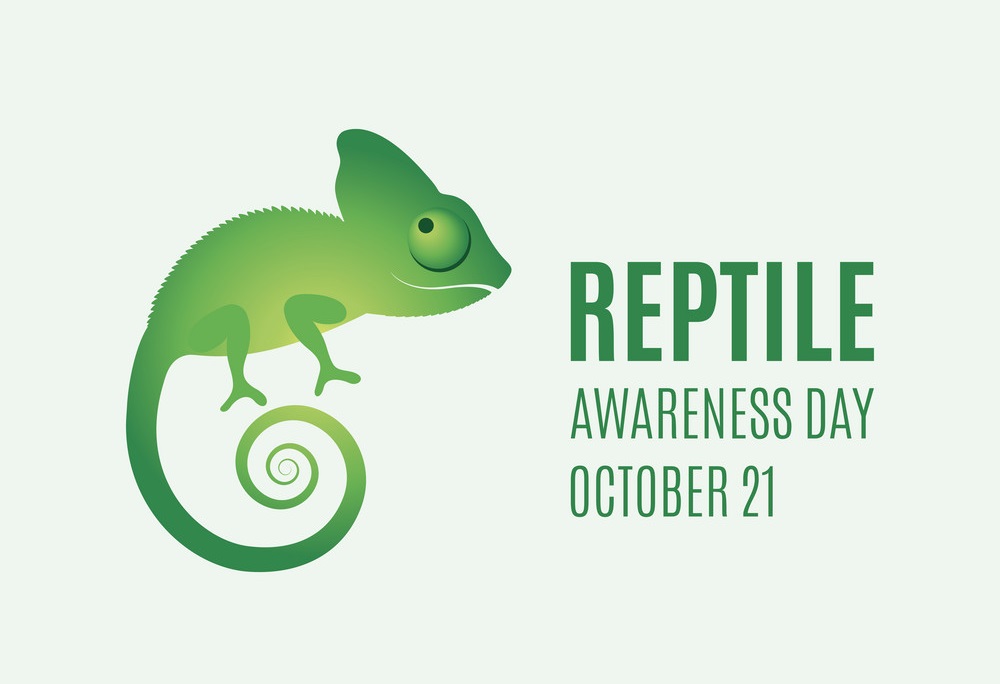
Reptilian Diplomacy: Decoding Our Shared Spaces with Reptiles
In the teeming landscapes of our towns and cities, a multitude of creatures shape our environments, some splendidly visible, while others, like reptiles, blend into the background, performing silent, yet vital roles. As we commemorate Reptile Awareness Day, it’s time to illuminate a simple but often overlooked truth about our reptilian co-dwellers: their innate nature to go their own way, remaining largely undisturbed by human presence, and a call for extending the same courtesy towards them.
Fostering a Mutualistic Relationship
Within the leafy confines of our gardens, the secretive corners of our homes, and in the lush peripheries of our urban sprawls, reptiles like the ubiquitous gecko, various snake species, and assorted lizards seamlessly weave through our spaces. They balance animal populations, safeguarding our food storages and residences from overpopulation of various species, such as rodents and insects, thereby maintaining a stable ecosystem.
An Unfounded Apprehension
Indeed, a primal fear often greets our slithering, scaly neighbors, perhaps owing to their seemingly alien and unrelatable appearances and behaviors. However, grounding our perspective in the biological and ecological roles they play prompts a recognition of their benign nature.
Most reptiles, left undisturbed, will simply continue along their path, neutral to our existence unless threatened. Snakes, for instance, primarily consume rodents and inadvertently protect our grain storages and homes from overpopulation. This highlights an essential point: the feared enemy is not the reptile itself but our unbridled, uninformed fear of it.
Bridging the Understanding Gap
Shifting our perspective demands addressing and bridging this understanding gap. Simple education and awareness about the non-threatening behaviors of most reptile species can dismantle fears and facilitate peaceful cohabitation.
Case in point: the majority of snake species in India are non-venomous and pose no threat to humans. The common rat snake, for example, might startle us with its sudden appearance but is completely harmless and, in fact, a silent ally in managing pest populations.
Harmony in Shared Spaces
Tuning into a harmonious coexistence involves recognizing the spaces we inadvertently share with reptiles and respecting their undisturbed paths. Implementing ‘reptile-friendly’ urban planning that ensures the safe passage and habitats for them mitigates conflicts even before they arise. Imagine introducing structures like reptile underpasses, facilitating their safe movement and reducing unfortunate encounters. Innovative urban planning, infused with traditional knowledge and modern science, could pave the way for a future where conflicts with reptiles are mitigated even before they arise. It also involves adjusting our behaviors, such as minimizing the use of harsh pesticides which impact their food sources and habitats.
Learning the subtle art of “reptilian diplomacy” involves understanding their signals, respecting their spaces, and ensuring our activities do not pose threats to them. This doesn’t merely involve passive avoidance but extends to active measures ensuring their habitats remain undisturbed and that our lifestyles don’t inadvertently entrap or harm them.
Empathy Over Fear
Perhaps the most poignant shift we can make is moving from fear to empathy. Seeing reptiles not as frightful invaders but as unintrusive neighbors going about their own way provides a fresh lens through which to perceive our shared environments.
Moreover, recognizing our role not as dominators but as stewards of our natural world catalyzes a cooperative relationship between humans and all creatures, ensuring a balanced and sustainable future. Encountering a snake on a leisurely evening walk or discovering a lizard in your garden should not instill fear, but an acknowledgment of shared stewardship of the environment. By developing an ethical framework that recognizes reptiles as rightful inhabitants of our shared spaces, we attribute an intrinsic value to their existence.
Such acknowledgment might involve cultivating a cultural narrative that appreciates the reptiles in our myths, stories, and day-to-day conversations. It might be weaving tales for our children where reptiles are not always the villains but entities that help flowers to bloom by managing insect populations.
To a Future of Respectful Coexistence
On this day, let’s honor the quiet, unintrusive reptiles that share our environments by committing to understand, respect, and protect them. For in doing so, we forge a path of respectful coexistence, acknowledging that in our shared spaces, every creature has a role to play, ensuring the harmonious balance of our delicate ecosystems.
In underlining the point that reptiles, left to their own devices, will largely navigate away and around us without conflict, we are reminded that understanding and respect for our fellow earth inhabitants can pave the way for a peaceful, symbiotic future.





